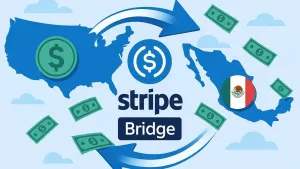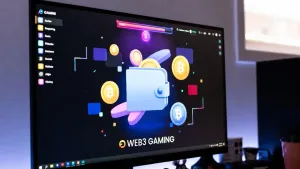Injective has introduced native EVM compatibility to its high-throughput blockchain, giving developers the ability to deploy Ethereum-style smart contracts directly on its Cosmos-based platform.
This represents a key milestone in the chain’s “MultiVM” roadmap, which envisions multiple virtual machines co-existing and interoperating on a single network.
The upgrade aligns with Injective’s existing strengths, the network boasts block finality times as low as 0.64 seconds and transaction fees measured in hundred-thousandths of a dollar.
With native EVM support in place, developers familiar with Ethereum tooling (for example Hardhat or Foundry) can build and deploy on Injective without switching platforms or layer-2 solutions.
Interoperability And Shared Liquidity Take Centre Stage
One of the standout features of Injective’s upgrade is ecosystem unification. The platform supports both EVM and WebAssembly-based (WASM) smart contracts within a unified environment, meaning smart contracts in both execution styles can share assets, liquidity, and state seamlessly.
Avoiding the need for bridges or token duplication, the network introduces a MultiVM Token Standard for consistent value representation across platforms.
More than 40 dApps and infrastructure providers are reported to have joined the chain with the rollout, indicating immediate uptake. The network’s ambition includes Solana Virtual Machine (SVM) support in future phases, expanding its cross-VM reach.
Bringing Developers Closer To Unified Web3
For developers, native EVM support on Injective opens familiar territory within a faster, more efficient environment. It makes it easier to deploy applications without dealing with fragmented ecosystems or complex bridging.
For the broader industry, the upgrade points to a maturing landscape where blockchains are beginning to speak the same language, moving toward platforms that can run multiple execution layers and adapt across standards.
Injective’s model may challenge current dominant networks by offering a richer execution palette, potentially accelerating innovation in areas such as DeFi, tokenised real-world assets, derivatives, and institutional-grade blockchain services.
The dual-VM approach addresses long-standing issues around cross-chain liquidity, asset duplication and complexity in developer onboarding.
With native EVM now live on Injective’s Cosmos-based mainnet, the chain steps into a broader role as a multi-ecosystem infrastructure layer.
The true test will come through real-world usage: whether developers migrate, liquidity deepens, and the promised interoperability materialises at scale. If executed well, this upgrade could reshape the competitive landscape of blockchain platforms.






